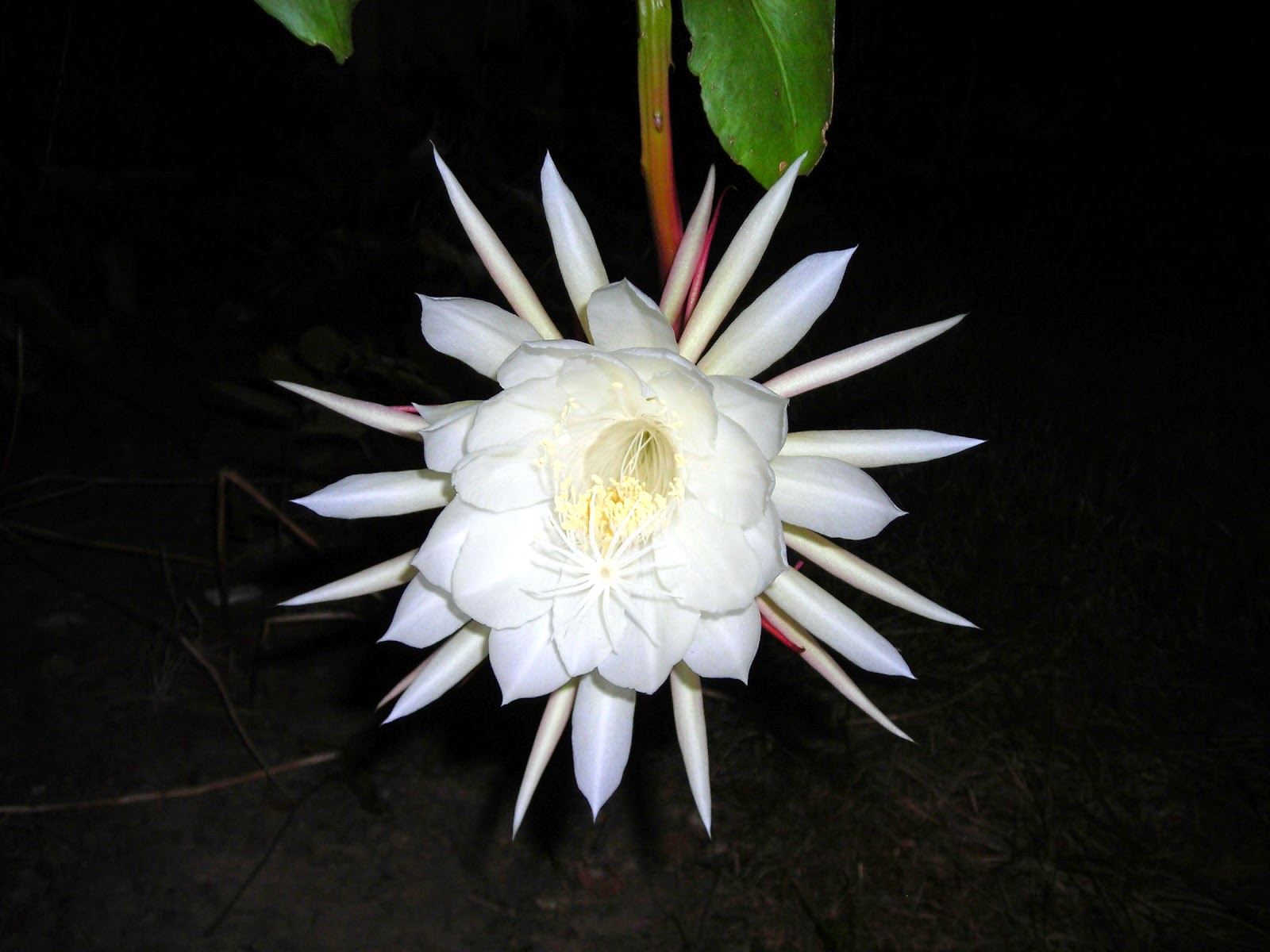Ever since
I moved to the country, I have had a vegetable garden behind the barn. When I
was in college, had you asked me if I would want to plant vegetables, I would
have said, “No! Never again!” While I was growing up, my mother forced me to
plant, weed, and hoe in her massive garden, and I was delighted to go away to
college and avoid sweating and swatting flies while working in the dirt of a
vegetable patch. Years later, when I knew I would be moving to a renovated
farmhouse, I could not wait to plant a garden. I wanted to revive my dormant
knowledge of growing vegetables, and I wanted to honor my mother, who had
instilled in me the important values of gardening.
As my
mother knew, growing beans and carrots is not done just for the exercise;
rather, producing food is meditating, appreciating earth, embracing life,
loving neighbors, and a host of other qualities so fundamental that other tasks
shrink to relative insignificance in comparison.
 | ||
| Zinnia in My Garden Border |
My initial
forays into the joys of raising vegetables were not entirely successful.
Raccoons and deer helped themselves to my first garden without as much as a
thank you. The next year found me at the local livestock supply store, where I
bought an electric fence. When I tested it, I was standing in a pool of April
rainwater, and I received such a jolt that I literally landed on my butt in the
mud. The fence kept my garden free of deer and raccoons, but I felt sorry for
the awful shocks that I must have been delivering to them. The next year, I
dispensed with the electric fence and grew mostly vegetables that are found
beneath the surface of the soil or that are not so desirable to wildlife. This
meant that I could not grow sweet corn, but I bought plenty of it from the
local farmer’s market. What I could grow were beets, potatoes, carrots, onions,
and turnips. I found that animals left my squash and Swiss chard alone.
I have a
story to share about how remarkable Beananza bush beans are. Unidentified
animals repeatedly gnawed the tops off my beans. Each plant had not more than
about eight leaves, yet, surprisingly, week after week, the rows produced more
beans than I could use!
 |
| Grasshopper Posing on a Giant Marigold in My Border |
As my
central purpose for writing this posting is to share information about flowers,
let me turn to them. Two years ago, I thought how pleasant it would be to plant
a border of flowers around my vegetable garden. I added two rows of flower
seeds around the perimeter of what is practically a square garden area. In the
mix were zinnias, giant marigolds, and cosmos. Like snowflakes, no two of which
are alike (they say), my zinnias were as varied as varied can be. On many
summer mornings, I brought fresh flowers from the garden to my home and filled
vases in all the rooms.
 |
| Flowers Filling Border in 2013 |
Last year,
I enthusiastically added a border of flowers again. I chose marigolds, zinnias,
tithonia (which I had never previously grown), and different kinds of
sunflowers. The ground slopes slightly to the west, and, where the rain ran,
the fertilizer must have flowed, too. The tithonia along the western border
exceeded eight feet in height. I was so stunned by their stature that I dug out
the seed packet to read it again, and, yes, it said that the flowers would
reach a height of four feet. I wasn’t dreaming, either. Mine rose far above my
head!
 |
| Flowers Filling Border Again in 2014 |
My
photographs of the flower borders are deceptive. The images fool me, as well,
and, having pulled weeds for years, I know how big my vegetable garden is. The
photos make my garden look small: really small, perhaps not larger than
thirty-six square feet. The area within the border is actually about three
hundred square feet! In the pictures, there is nothing to indicate the scale.
The flowers have been simply huge!
 |
| Tithonia That Grew to Eight Feet in My Garden |
Marigolds
are said to keep rabbits away, but, last year, I was delighted to discover baby
rabbits beneath my squash and cucumber leaves. All summer, I watched them grow.
Whenever I harvested squash, I would find the growing rabbits discreetly
hopping to hide among the zucchini. Unlike Elmer Fudd, I regarded them as my friends.
The
sunflowers and other seeds attracted flocks of birds and large contingents of
butterflies. They, too, were my constant acquaintances, and their colorful
flitting about made my gardening experience all the richer.







